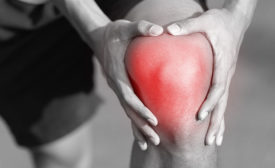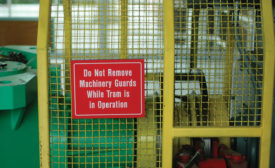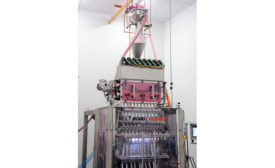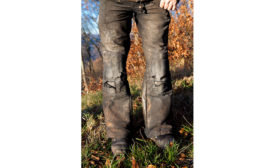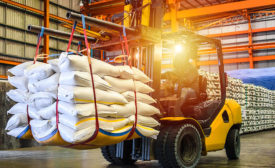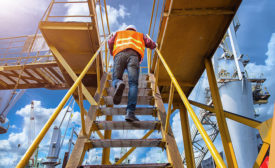Risk Management
2020 Top Standards: OSHA most frequently violated standards
Machine Guarding (1910.212)
January 1, 2020
2020 Top Standards: OSHA most frequently violated standards
Eye and Face Protection (1926.102)
January 1, 2020
2020 Top Standards: National Fire Protection Association (NFPA)
NFPA 652 standard on fundamentals of combustible dust
January 1, 2020
Assess & control fall risks
Eliminating hazards is the first line of defense
January 1, 2020
Never miss the latest news and trends driving the safety industry
eNewsletter | Website | eMagazine
JOIN TODAYCopyright ©2024. All Rights Reserved BNP Media.
Design, CMS, Hosting & Web Development :: ePublishing
